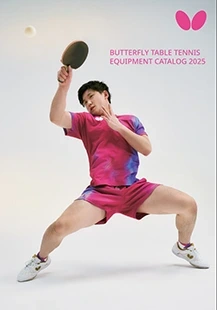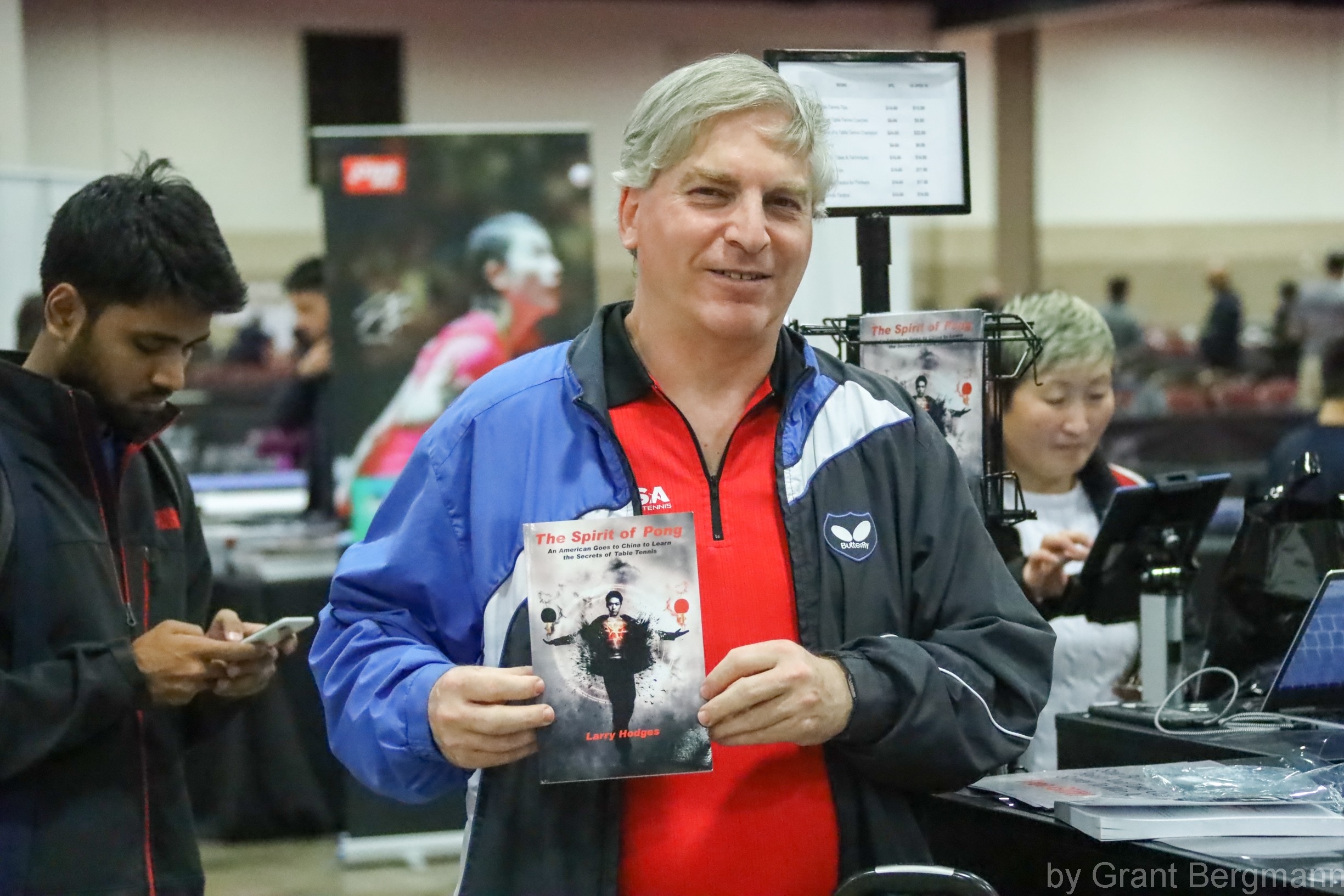Coaching tip of the week: How to Develop a Nasty Forehand Flip
(By Larry Hodges)
A nice forehand flip is a valuable weapon, especially if you can also flip with the backhand (which is usually easer than a forehand flip). It means that you can attack any short serve, so opposing servers are in constant danger. (If they serve long, then it’s an even easier attack – you loop.) How do you develop one?
First, find a good coach or top player who can teach you proper technique and feed multiball. A few key tips:
- Watch videos – go to Youtube and search for “table tennis forehand flip.” (It’s also called a flick, especially in Europe.)
- Step in with your right foot (for righties), with left hand up some for balance.
- Keep racket tip low.
- Normally contact the ball at the top of the bounce, though some take it on the rise to rush the opponent.
- Put topspin on your flips, especially against backspin. Against no-spin or topspin, contact the ball more towards the top of the ball with a more forward stroke. Some players think of flipping as a “mini-loop.” (Some players develop a flatter, usually slower flip, as a variation. That can be effective, but it should be a variation, not the primary flip.)
- When practicing, immediately step back into a normal ready position. Except perhaps when you are first learning, consider stepping in and back out as part of the stroke. You’ll find this in-out footwork among the most physically demanding in table tennis – but remember that it’s an Olympic sport!
- When flipping crosscourt, you can either flip aggressively to the corner, or go for extreme angles.
- To go down the line or to the middle, bring forearm and wrist back.
- If you establish an aggressive crosscourt flip (righty vs righty or lefty vs lefty), then just the threat forces the opponent to guard against that angle – and so all you have to do is flip consistently down the line to force a backhand exchange and take away the opponent’s serving advantage.
- Unless the ball is high, you should rarely flip-kill. Focus on consistency and placement to take control of the rally.
Many players practice and become proficient at certain types of flips, but not others. For example, during my developing years I practiced and developed a very strong forehand flip against short backspin and short side-top serves. But I never really practiced against short no-spin, and the result is that, to this day, I don’t flip very well against no-spin balls. (A few rivals figured this out in matches against me, and I lost matches because of it. But I was a terror flipping short serves that had spin!) Others only develop, for example, a crosscourt flip, and so can’t disarm an opponent with a simple down-the-line flip, or by going after the middle.
Now it’s time to practice. Here’s a ten-step progression. (If you can’t find someone to feed multiball, then you can improvise and simply have your practice partner serve short. But multiball is the more efficient, quicker way to perfect the shot.)
- Have coach feed multiball, short to forehand, with light backspin. You flip crosscourt.
- Have coach feed multiball, short to forehand, with heavy backspin. You flip crosscourt.
- Have coach feed multiball, short to forehand, with no spin. You flip crosscourt.
- Have coach feed multiball, short to forehand, with light backspin. You flip down the line.
- Have coach feed multiball, all short to forehand, with light backspin. You flip to where opponent’s middle would be. You must step back after each shot into a normal ready position after each flip.
- Have coach mix up the spins on the short ball to the forehand. You flip to all parts of the table.
- Have coach alternate a short ball to the forehand, and a long ball to the backhand.
- Have coach randomly feed short to the forehand or long to the backhand.
- Have coach randomly feed short to the forehand or long to the backhand, and follow with two random topspins.
- Play games where both servers can only serve short to the forehand, and receiver must flip to anywhere on the table.
After you are comfortable with all ten steps above, play regular games with players who at least sometimes serve short to the forehand, and flip those every chance. Remember – unless the serve is high, the goal of the flip is to take control of the rally, not win it with one shot.
























